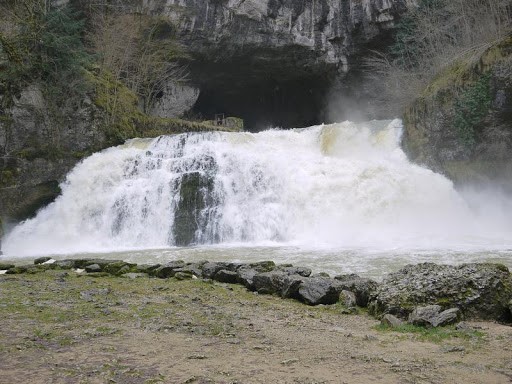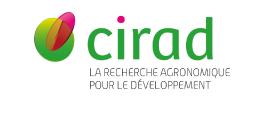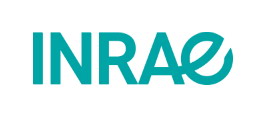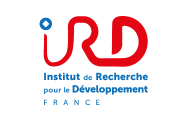Extreme climatic events are more important, an intensification of floods and associated damages is thus very likely in the coming decades. To adapt to such phenomena, it is necessary to be able to understand, model and predict them in a variety of catchments. The contribution of groundwater to flood events from permeable carbonate formations (which cover nearly 1/4 of France) has been highlighted in karstic basins during exceptional floods. In that frame, this thesis aims at describing and analyzing the influence of karst on flood processes and interbasin groundwater flows (IGF).
The workflow is organized in three main parts. The first part is a spatialized analysis, at the cathment and network scales, of annual water balance including evapotranspiration, IGF and hydrograph decomposition. The second part is an analysis, at the same spatial resolution, of storm events, using descriptors that allow quantifying karst impact on flows, hydrograph shape and lateral exchanges. The third part uses complementary data of river electrical conductivity (linked to the amount of dissolved solutes) to investigate water origin and flood processes variability depending on seasons and karst types (unary, binary, plateau).
Studied sites are totally or partially karstified catchments in the Cevennes, Jura and Normandy in France, including 120 gauging stations. Used data set includes daily (part 1) and hourly (part 2) precipitation and runoff time series, as well as electrical conductivity on 2 rivers (part 3).
Results highlight a strong karst influence on annual water balance, notably via IGF that impact slow and quick runoff components, mostly through losses but sometimes also through gains. Analysis of storm events show that karst areas mostly tend to reduce peakflows and increase flood times, through infiltration. Karst areas are also characterized by an important variability of their hydrological response. Finally, the use of electrical conductivity allows drawing a first typology of the processes involved during karst floods (e.g. pre-event water mobilization by piston-type flow), according to karst type and seasonality. A synthesis of our results, associated to modelling applications, brings new keys to better optimize hydrological models used for forecasting in karst catchments.
Keywords: Karst, flood, Interbasin Groundwater Flow (IGF), modelling
 |
|
| Figure 1: General workflow of part 1 (Le Mesnil et al., 2020, https://doi.org/10.1016/j.jhydrol.2020.124583)
|
 |
| Figure 2: General workflow of part 3 |
 |
| Figure 3: Lison spring (Jura) |






